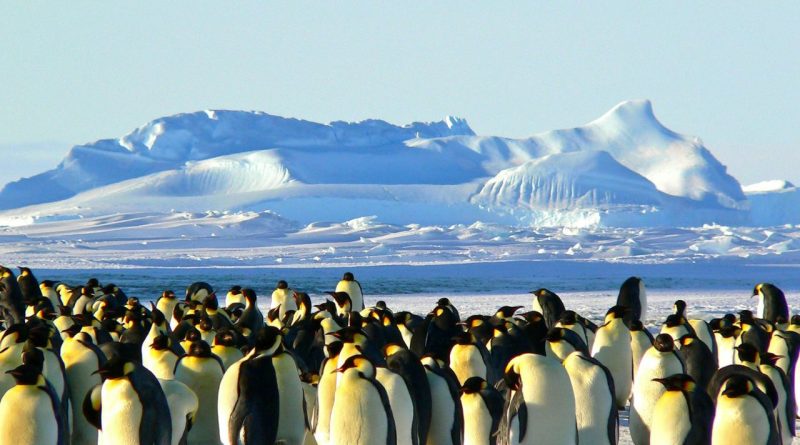In Antarctica, OneWeb introduced high-speed satellite Internet
OneWeb, an operator of geostationary (GEO) and low earth orbit (LEO) communications satellites, will provide high-quality communications to Rothera Research Station in Antarctica, which is the logistics and operations center for the British Antarctic Survey (BAS). The company plans to provide Internet connectivity with increased reliability and low latency at speeds of up to 120 Mbps. Before this, the connection speed did not exceed 5 Mbit/s.

OneWeb has developed a new system called TALARIA, which includes a ground station in Chile and a user terminal 1,600 kilometers away at Rothera Research Station on Adelaide Island, west of the Antarctic Peninsula. The system received its name in honor of the famous winged sandals of Mercury, the ancient Roman god, patron of trade, profit and enrichment, son of Jupiter.
Maurizio Vanotti, vice president of commercial strategy and innovation at OneWeb, believes that “this regional trial is a testament to [the company’s] commitment to promoting global connectivity in the world’s most unconnected regions.” Julius Rix, head of technology at BAS, said: “This increase in capacity is a game-changer for our communications, enabling the transfer of large data files and giving us the ability to conduct live interviews from one of the most remote locations on Earth.”

Currently, Antarctica is not connected to the “mainland” by underwater cables, and the only link for researchers at high latitudes remains satellite communications. It took OneWeb 18 months to create the remote connectivity system from design to completion. The communications infrastructure in Antarctica will be developed by OneWeb in partnership with the European Space Agency, Sunrise Partnership Project, Comtech Telecommunications and Cobham Satcom.

Other telecom operators have also been paying close attention to Antarctica recently. Last month, Chilean mobile operator Entel launched a 5G cellular network in Antarctica on Jorge Island. Earlier this year, Telenor installed a base station in Antarctica to provide mobile communications to the Norwegian Polar Institute’s research station.
Starlink and Speedcast have also recently made efforts to improve the quality of satellite communications in Antarctica. As part of an experiment, Japanese scientists organized a live broadcast of video in 8K resolution from Antarctica using Starlink satellites.

